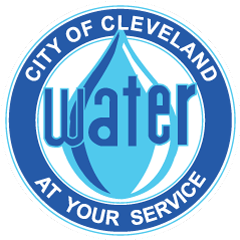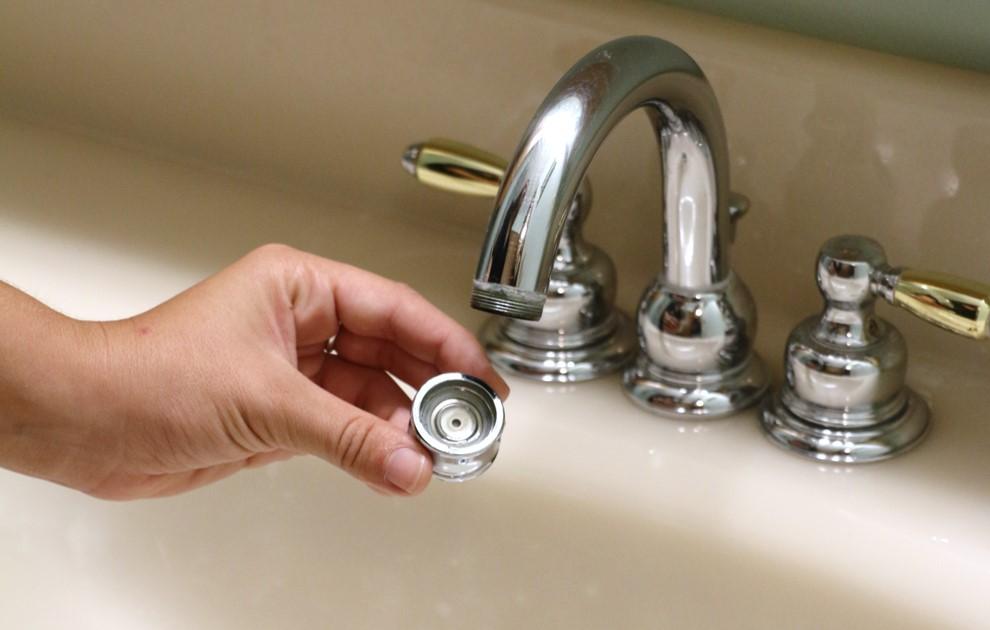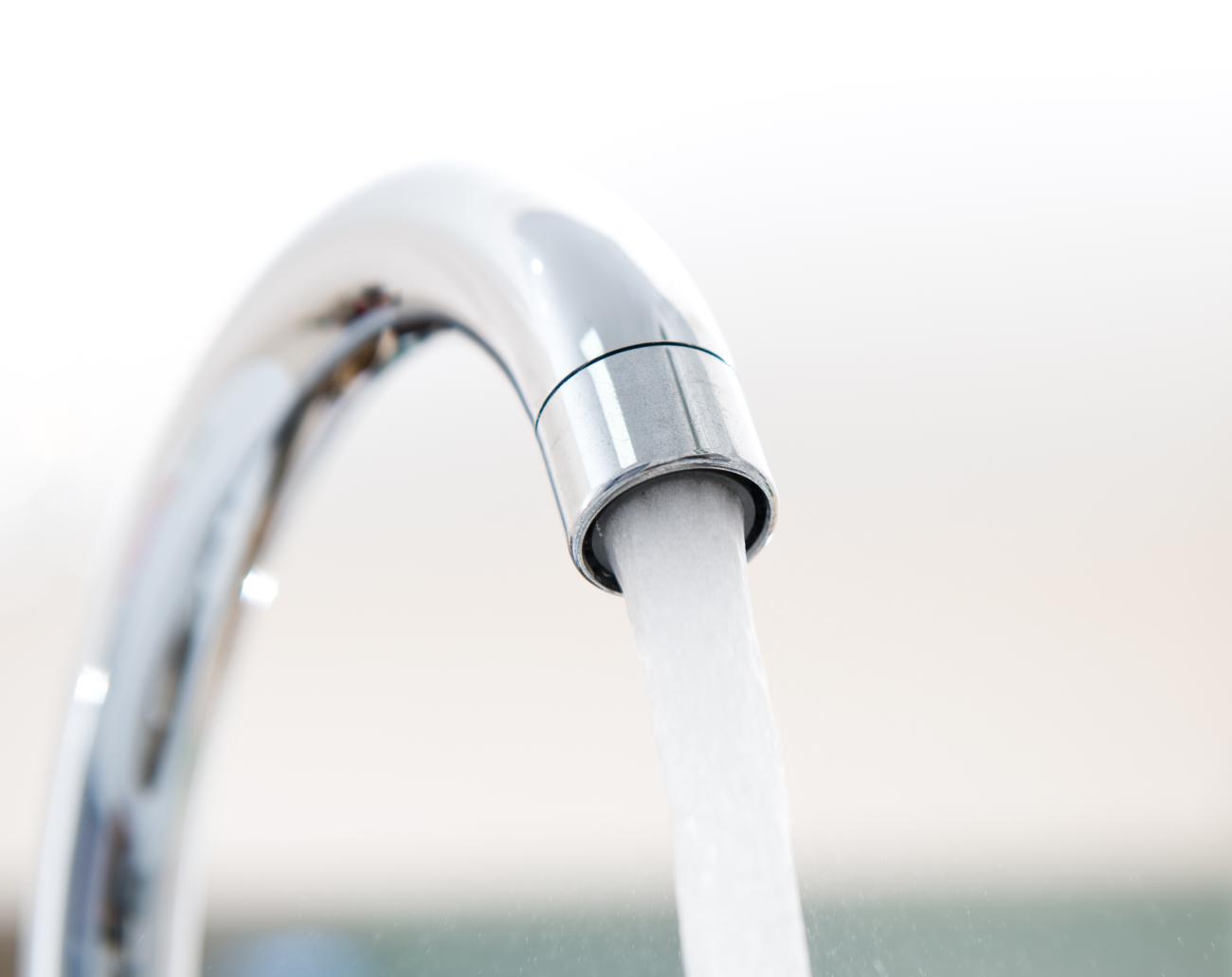Clean. Flush. Consume Cold.
Clean, Flush, and Consume Cold are actions customers should perform regularly to ensure the highest quality of water is coming out of your tap, especially if there is the possibility of lead in your plumbing.
As a standard practice, the US EPA recommends these actions to reduce potential lead exposure in drinking water. In some situations, a water system repair or replacement may temporarily increase lead levels in water and/or cause discoloration. Therefore these actions should also be taken after a disruption in water service.
Flush
Flush your water pipes whenever water has not been used for 6 or more hours and after any work on your plumbing or disruptions in water service. The goal is to have cold, fresh water from the main in the street come out of your tap before using. To flush the plumbing, run water until you feel a temperature change then run water for an additional 30 seconds to 3 minutes. The time depends on the length and diameter of your service line. The farther your home is from the street, the longer you need to flush.
Consume Cold
Always use cold water for cooking, drinking, and preparing baby formula. Hot water corrodes pipes faster and is more likely to contain lead. If you need hot water for food or drinks, get water from the cold water tap then heat the water.
Additional Actions
Customers with a single-family home that has a full or partial lead service line and/or lead plumbing or copper plumbing with high lead solder installed between 1982 and 1989 can volunteer to participate in our Lead & Copper Compliance Monitoring program. To have your home added, call 216-664-2882 or download and complete the form. Customers can also have their water tested at their cost at a certified laboratory. The Ohio EPA maintains a list of certified laboratories that can test for lead
Older faucets may contain higher levels of lead. Faucets manufactured and sold in the U.S. between 1986 and 2014 can contain up to 8% lead in brass used for water fixtures and fittings. Faucets manufactured and sold after 2014 are considered “lead-free” and contain less than 0.25% lead in brass alloys used for areas that come into contact with water.
Water filters, including water-filtering pitchers, filters that attach directly to faucets, and other point-of-use devices, should be certified to remove lead by an organization such as the National Sanitation Foundation International (NSF), Underwriters Laboratory (UL), or Water Quality Association (WQA). Filters should only be used with cold water and replaced according to the manufacturer’s instructions to ensure they work effectively.
Customers can choose to replace their customer-owned lead service lines. We'll replace the city-owned portion of a lead service line whenever a customer replaces theirs. For more information, contact our Lead Inquiry Line at 216-664-2882.
According to the Ohio Department of Health, deteriorating lead-based paint and its resulting lead dust are the most common causes of lead exposure in children in Ohio. Lead was historically used in a wide variety of products and can be found in ceramics, soil, batteries, jewelry, and cosmetics. Check the resources below for additional information about lead and lead poisoning prevention.
Other Resources
- City of Cleveland Lead Hazard Control Program
- Cuyahoga County Lead Safe Program
- Ohio Department of Health Lead Abatement Tax Credit Program
- Ohio Department of Health Lead Hazardous Properties
- US EPA Real Estate Disclosure Information for Home Buyers and Renters
- US EPA Protect Your Family from Exposures to Lead
- National Center for Healthy Housing: Find It, Fix It, Fund It
- U.S. Department of Housing and Urban Development Lead-Based Paint and Lead Hazard Reduction Demonstration Grant Programs



